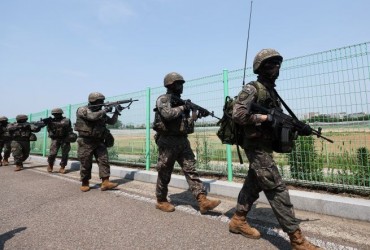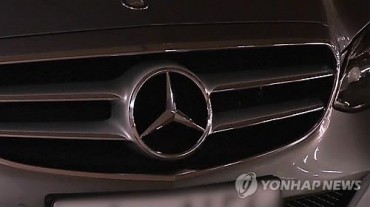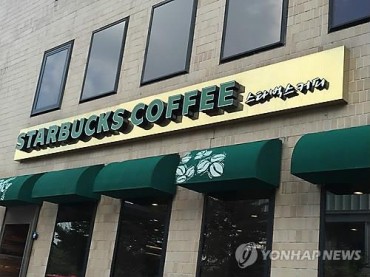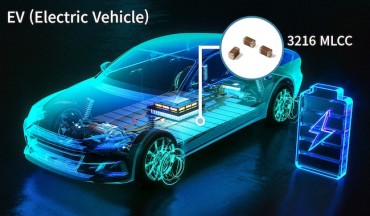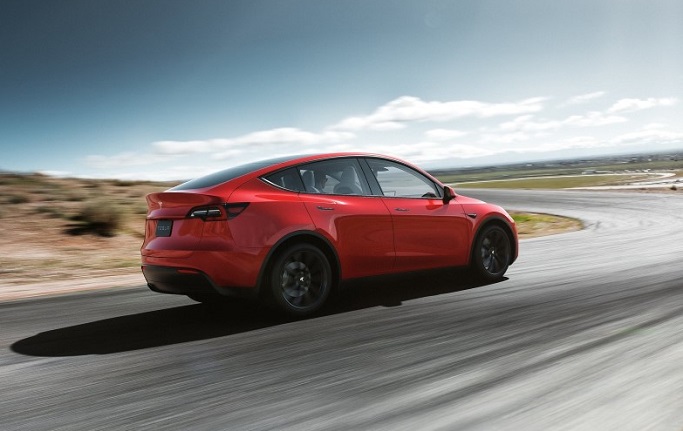
Tesla’s Model Y SUV is seen in this photo provided by the U.S. electric vehicle maker’s Korean unit.
SEOUL, Aug. 1 (Korea Bizwire) — Unlike in the past, when foreign carmakers mainly released high-priced electric vehicles (EVs) in the Korean market, they are now launching a string of new models with lower prices and improved performance to increase the potential for subsidies.
The competition was ignited by U.S. electric vehicle maker Tesla Inc.’s recent release of the Model Y rear-wheel-drive SUV in the domestic market.
Previously, Tesla primarily sold the front-wheel-drive model of the Model Y in South Korea, which has a high price of over 70 million won (US$54,730) due to its production in the U.S.
However, the company has equipped the new Model Y with a lithium iron phosphate (LFP) battery made in China, reducing the price to 56.99 million won, making it eligible for a full subsidy.
The South Korean government provides a full subsidy for EVs priced below 57 million won and a 50 percent subsidy for those ranging from 57 million won to 85 million won.
Prior to Tesla, Volkswagen Korea also released an upgraded version of the all-electric ID.4 SUV in June and launched the Pro Light model, which is eligible for a full subsidy.
Meanwhile, Audi’s Q4 40 e-Tron SUV failed to comply with subsidy requirements last year.
However, the 2023 model is upgraded to have a single-charge driving distance of 411 kilometers and a low-temperature driving distance of 268 kilometers, now going through the Ministry of Environment’s subsidy evaluation process.
Under the subsidy requirements set by the ministry, EVs with a total driving distance of over 400 kilometers can be eligible for subsidies if their low-temperature driving distance is higher than 65 percent of the normal temperature driving distance.
Kevin Lee (kevinlee@koreabizwire.com)



